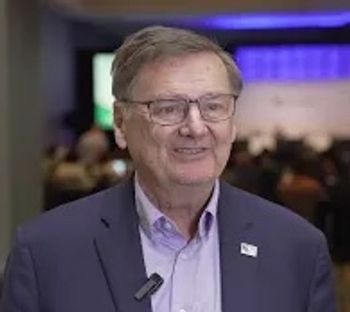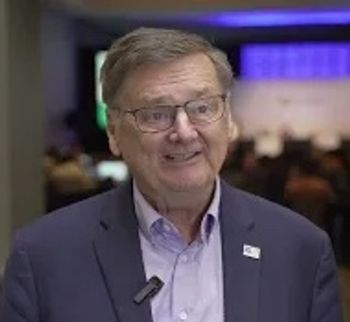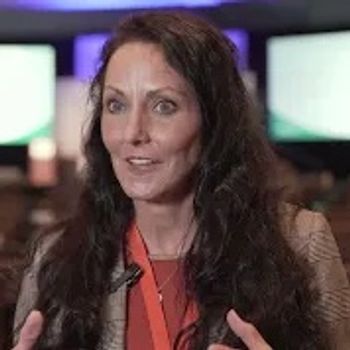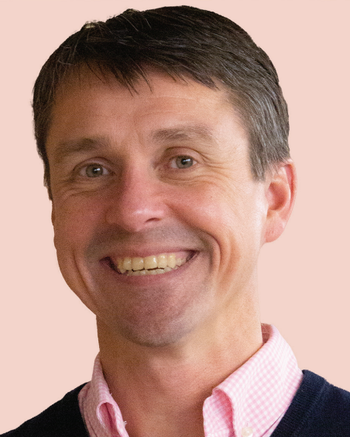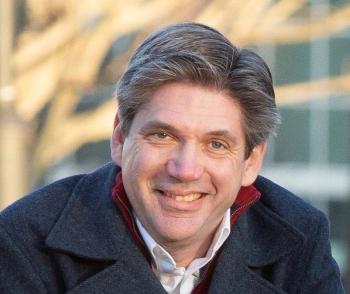
Creative come-ons encourage more generic utilization
Generics should get a large boost in the next few years as branded drugs accounting for more than $38 billion, including Prevacid, Prevachol, Zocor, Zoloft and Paxil, are expected to come off patent by the end of 2008. With the generic dispensing rate remaining under 42% over the past 10 years, there is room for improvement; savings of nearly 1% by plan sponsors for every 1% increase in the use of generics, according to Express Scripts.
Generics should get a large boost in the next few years as branded drugs accounting for more than $38 billion, including Prevacid, Prevachol, Zocor, Zoloft and Paxil, are expected to come off patent by the end of 2008. With the generic dispensing rate remaining under 42% over the past 10 years, there is room for improvement; savings of nearly 1% by plan sponsors for every 1% increase in the use of generics, according to Express Scripts. In addition, the CBO estimates that consumers can save $8 billion to $10 billion a year at retail pharmacies when purchasing generic drugs.
The use of generics is definitely on the rise: IMS Health has projected that global sales of generic drugs will increase from $29 billion in 2003 to $49 billion in 2007. Beyond 2004, generic drug sales are projected to increase an average of 14% per year. Their lower cost-75% less on average than brand drugs-may belie their use. According to the Generic Pharmaceutical Assn., 51% of all prescriptions are generics, but that represents only 8% of costs.
Health plans and pharmacy benefits managers, who communicate directly with physicians and consumers, have an ideal opportunity to raise the percent of prescriptions filled for generics-as many have already been doing. Express Scripts, a St. Louis-based pharmacy benefits manager (PBM), which boasts of a 52% generic dispensing rate, sponsors a variety of programs promoting the use of generics.
ConnectiCare in Farmington, Conn., implemented Zero Dollar Copay for brand cholesterol-lowering drugs as part of a pilot program in 2003. Targeting 3,200 members, the pilot waived the copayment for six months for those whose physicians changed their prescriptions to generic lovastatin; 5.7% switched to the lower cost generic. The result was $200 per member savings for each member who switched from a brand, such as Lipitor, Pravachol and Zocor. The health plan, which has reached an overall generic dispensing rate of 50%, will also look at antidepressants, ACE inhibitors and proton pump inhibitors.
To further promote the use of lower-cost drugs and generics, ConnectiCare has taken advantage of Prilosec OTC on the market. The plan requires conversion of prescription omeprazole, Nexium and Aciphex to Prilosec OTC and voluntary conversion from Protonix and Prevacid to Prilosec OTC.
For members who voluntarily convert to generic Pepcid and Zantac-although they are not proton pump inhibitors (PPIs) but do relieve heartburn-the health plan offers another incentive: no copayment for an entire year. When branded PPIs as costly as $120 per month are compared with Prilosec OTC costing $21 per month, and generics for a $10 copayment per prescription, there are savings to be had.
"We are not forcing anyone to change to a generic, but are giving them options," says Jeff Casberg, pharmacy director for the health plan.
Express Scripts' GenericsWork is a trend management tool that allows plan sponsors to improve cost savings without shifting costs to members. The PBM guarantees its clients that they can increase their generic fill rate to 70% or more and keep drug spending increases to less than 5% for the next three years. "The old belief was that a 50% dispensing rate was great, but that achievement is being shattered," says Bernadette Eichelberger, director, clinical and trend management for Express Scripts. "It's going to grow to as much as 80%."
FREE GENERICS AT POINT-OF-CARE The Generic Delivery Network from San Diego-based MedVantx provides first-line generic medication therapy free to patients at the point-of-care. It currently serves 21 plans in five states.
The program places ATM-like vending machines, called sample centers, in physician offices promoting the use of less costly but equally effective drugs by their patients.
Newsletter
Get the latest industry news, event updates, and more from Managed healthcare Executive.

